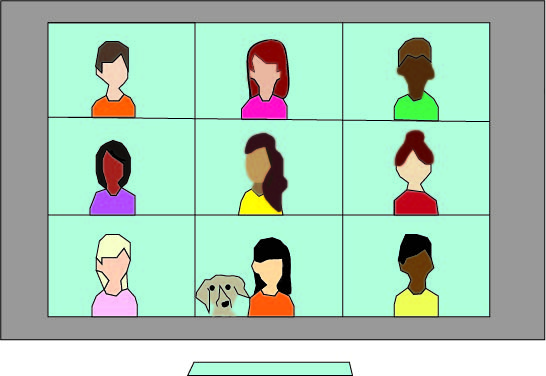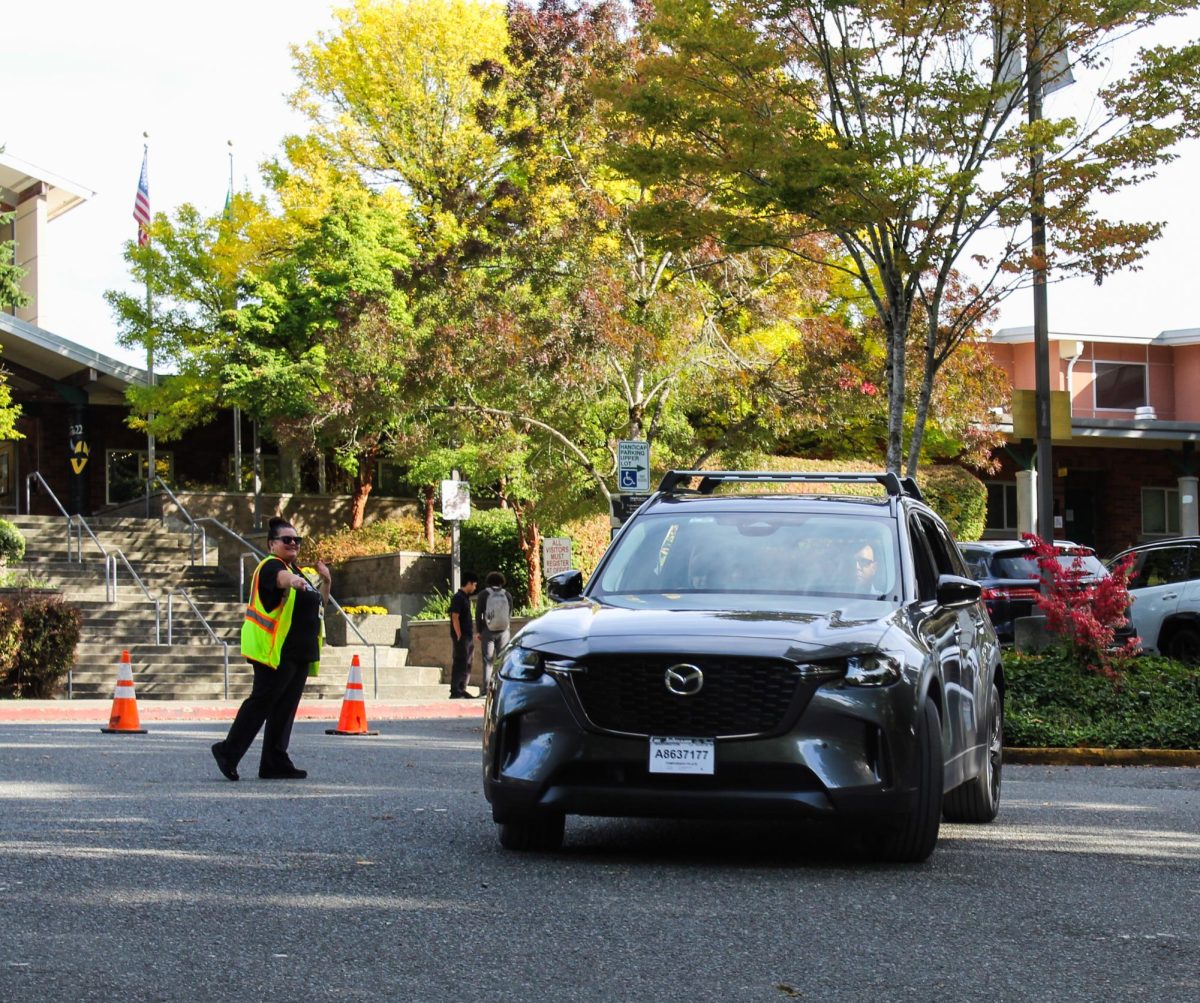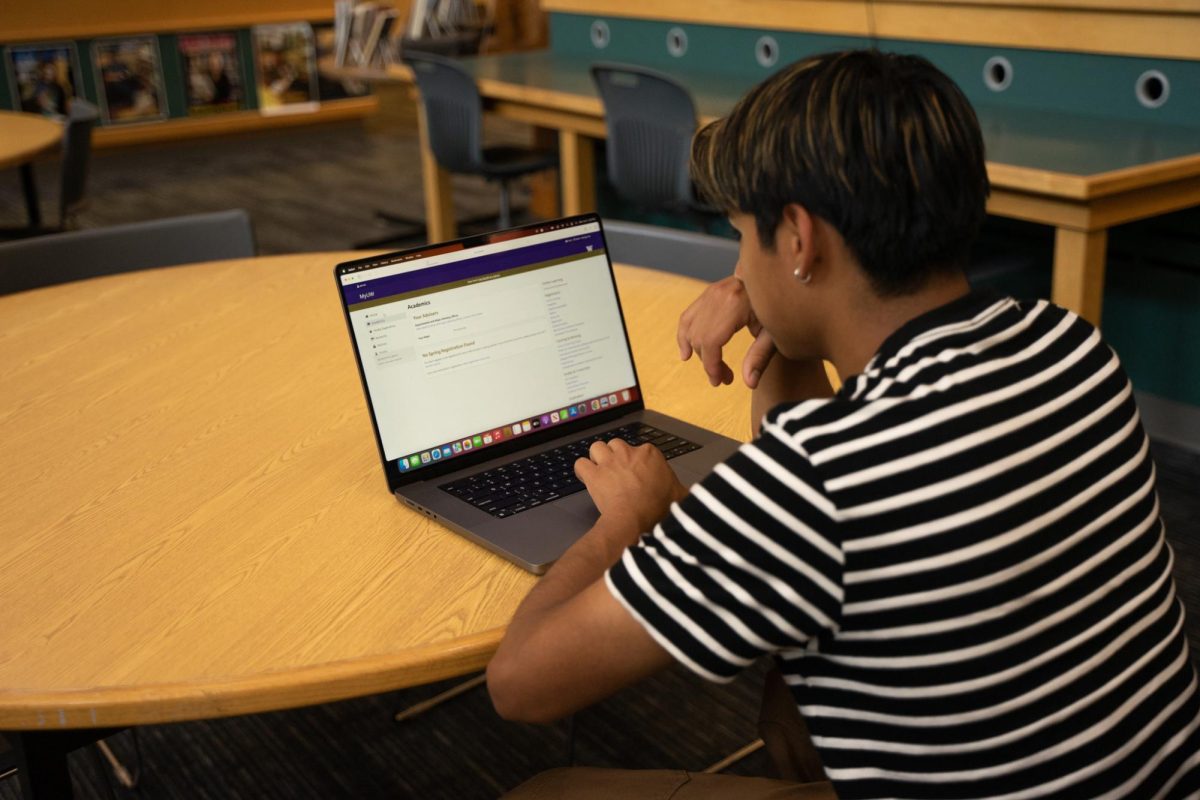Online learning may have initially been a challenge for teachers and students with special services, including EL and special education students, but the unconventional style of learning is also responsible for equipping them with key skills and providing platforms for unique conversations. Many things that are easy to manage in person have become more difficult to navigate online – whether it is Zoom features, lesson planning or turning in assignments. Surprisingly though, online learning has opened up opportunities for connections between special needs students and staff that would not have been possible in the classroom.
Transitioning to the new style of remote learning was initially a challenge since there are some aspects of in-person learning that cannot be filled by remote learning.
“I felt very overwhelmed catching up on basic skills, including how to use Zoom at the start of the year,” EL Academic Language Development teacher Kelly McLaurin said. “Another obstacle I’ve met is lesson planning online! I feel like a brand new teacher again and spend way more time preparing for class than ever before.”
Learning with this new format was also a challenge for many students and students, with special services in particular because they are visual and kinesthetic, or interactive, learners.
“I’m more of a visual learner and in online school while the teachers do show and explain the work, that’s all they are able to do,” sophomore Mharia Neto said.
Situations like these make it even harder for students to focus in class, and they often stay on Zoom calls a little longer to ask questions. Despite this, the direct connection students have with their teachers in person is still missing. This is a crucial aspect given the challenges students with special services face in grasping content they learn in class.
“I miss the connections we make in person. My students have repeatedly told me they miss in person school as well,” McLaurin said.
Regardless, EL students have others for assistance and they have been helping each other.
“Most of my students have done such an excellent job of reaching out and asking for help when they need it,” McLaurin said.
Students have even started taking on teacher roles during class. As they master various features on Zoom and become more adept with the technology, they have gotten more comfortable with helping their peers with coursework and correcting mistakes teachers occasionally make.
“I already see students reaching out to help each other. Some will jump in and translate instructions for others or offer up tech help,” McLaurin said. “Once, I accidentally made one of my students a host in my class Zoom and literally lost control of the class. That student noticed what happened before I did and immediately helped me out and corrected my mistake.”
Students and teachers have had to rely on others for support during these times. Reaching out to someone and having conversations to establish connections in one way or another is as important as ever.
“Just email your teachers if you need more time on assignments or have any questions about anything. They are very understanding,” Neto said.
Apart from teachers, counselors and other staff members are also available if anyone needs help.
“Reach out! I’ve had to rely on other teachers, paraeducators, counselors, administrators for help during this time,” McLaurin said. “Sometimes that means tech help and a lot of times that means sharing our struggles and triumphs. I’m trying to get as many of my students as possible connected to a club and talking with their counselors.”
Another important step to facilitate learning during this time is keeping up with classes and avoiding distractions, as Neto emphasizes.
“My personal advice would be to keep up with every class and try to pay attention,” Neto said. “I know it’s hard because your phone is right beside you. What’s stopping you from just going on it and talking to your friends or going into your social media? Nothing, but that will make it harder to keep up and learn anything with the class.”
Even if it may be harder to stay engaged in class, online learning has allowed for connections between students and staff in special services that would not have been possible in the physical classroom setting.
“I’ve gotten to meet some of my student’s pets, tour the decor of their rooms and seen one’s entire shoe collection,” McLaurin said. These are things I never could have done in person school.”
















